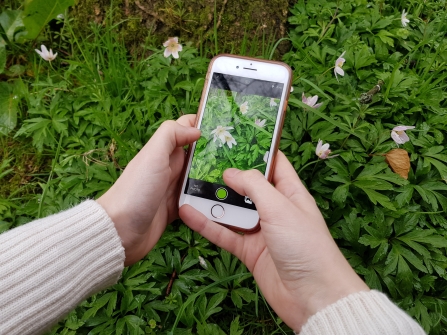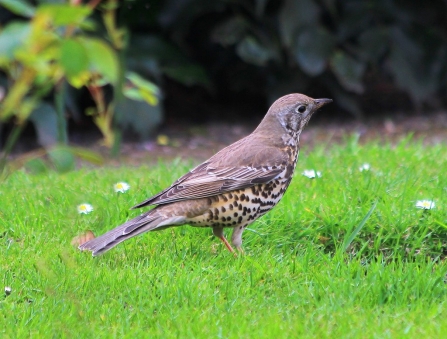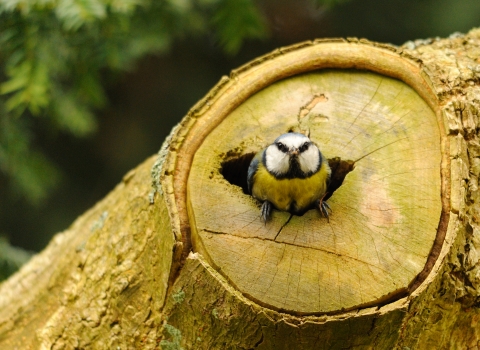Now in its fifth year, the City Nature Challenge is a collaborative event designed to connect people with nature by encouraging them to record and share photos of any wildlife they see from Friday 24 - Monday 27 April.
There is an ever-growing body of evidence suggesting that nature is fantastic for our wellbeing, with the ability to lower blood pressure, improve our mood and help us to relax, while wildlife recording helps authorities and organisations make informed conservation decisions that allow humans to coexist sustainably with the plants and animals in their neighbourhoods. The City Nature Challenge allows people to connect with and document their local wildlife in whatever way they can.



